All Posts

So, here we are – back to our normal routines of school, work is in full-swing, and the Toronto Area Users Group (TASS) starts up again. I really wish everything else started off this fall as well as TASS did – talk about an exceptional group of presenters, talks and people!
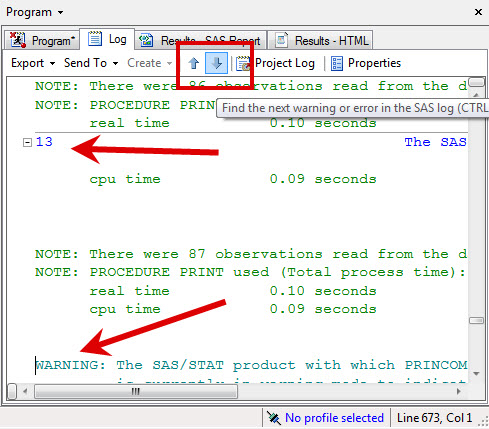
Who says anyone is an expert at something? I definitely do not when it comes to SAS (well, anything for that matter). Each time I sit through a presentation at a conference I learn something new. During the SAS Western Users Conference, fondly know as WUSS, this month I learned
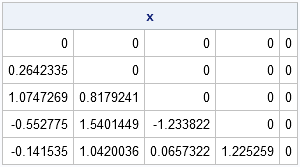
If you use a word three times, it's yours. -Unknown When I was a child, my mother used to encourage me to increase my vocabulary by saying, "If you use a word three times, it's yours for life." I believe that the same saying holds for programming techniques: Use a
A week ago, SAS "wusses" got together in Long Beach, California for another successful WUSS conference. Personally, I really enjoy all SAS user conferences as it gives me an opportunity to see the creative ways in which SAS users are exploiting our software. One such case was the paper "Power
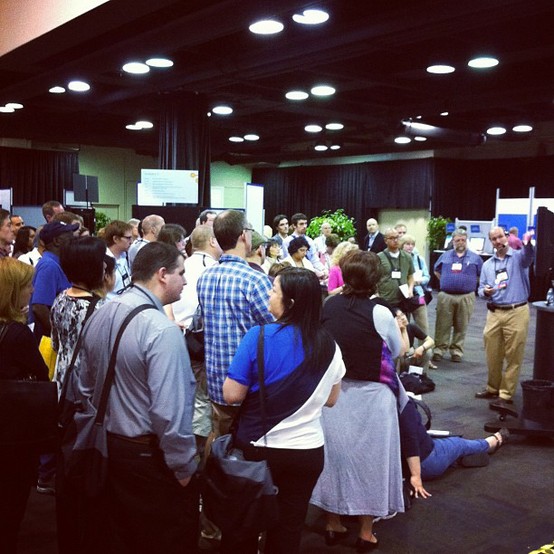
I know that for every SAS user event there are many people who aren't able to attend or who have to choose between two or more great sessions. So a couple of days ago, I started a discussion on several SAS users LinkedIn groups asking those of you who are attending SAS Users Groups

Manfred Kiefer is a Globalization Specialist for SAS and the author of SAS Encoding: Understanding the Details. This week's tip is from his new book. In a review, Edwin Hart said "This book provides a very readable description of a topic that has long needed exposure: Why do my characters get

Government pensions at the state and local government level have come under attack in recent years over their viability. Much of this attack has been political and is being used to go after unions and pensioners who tend to support one party or another. State and local governments work hard to maintain viable

After weeks of anticipation, one of fall’s best offerings, Football Season, is here! Hot diggity!!! Now many sports fans view this as a total positive, but those who have been working hard all summer to shave percentage points off their body fat and boost their fitness levels recognize football season’s

This is a dramatic interpretation of an actual conversation I recently had with the CIO of one of North Carolina’s leading cities. We discussed his experience using data quality, data integration, business intelligence and analytics in the daily operation of the city. I may have taken some...well, a lot of

Ah! The joys of sets! It is easy to test whether two vectors are equal in SAS/IML software. It is only slightly more challenging to test whether two sets are equal. Recall that A and B are equal as sets if they contain the same elements. Order does not matter.

As summer comes to an end, I find myself getting excited about some of the regional user group conferences that take place every fall. This year, I’ll be presenting a paper at WUSS (Western Users of SAS Software) in Long Beach, CA, in early September. About one week later, I’m

Planning for SAS Global Forum 2013 is well underway and it’s time you get involved through the Call for Papers! As the 2013 SAS Global Forum conference chair, I cannot emphasize enough how much we rely on your creative tips and tricks to contribute to the invaluable content provided at
A few weeks ago I wrote an article on using the non breaking space character to prevent stripping of leading and trailing blanks in a string. Since then, I have discovered a few more instances where the nbsp can be a useful tool for creating graphs. One such instance came up last week
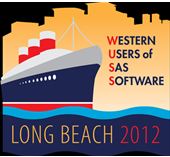
It’s that time of year again! The leaves are turning, the days are getting shorter, and all across the country, SAS users are getting ready for the annual users group conferences. To get people excited about the upcoming events, I’ll be hitting the road—metaphorically, at least—and virtually visiting each of
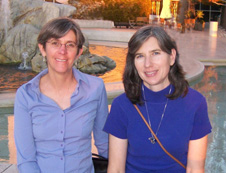
SAS users world-wide have turned to Susan Slaughter, Lora Delwiche, and The Little SAS Book to learn SAS programming. This week's SAS tip is from their bestselling fourth edition of the book (the fifth edition is now available for preorder). Whichever version of The Little SAS Book you use, you'll benefit from the friendly











